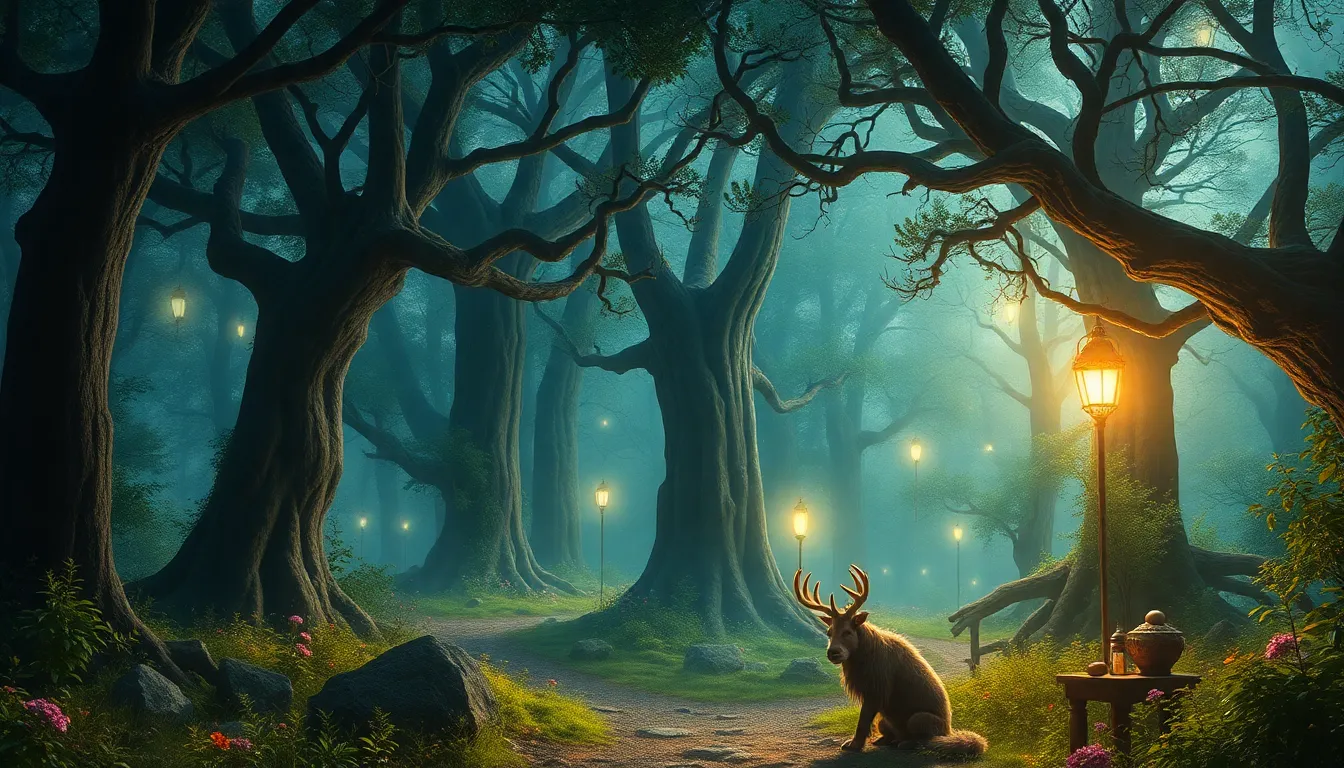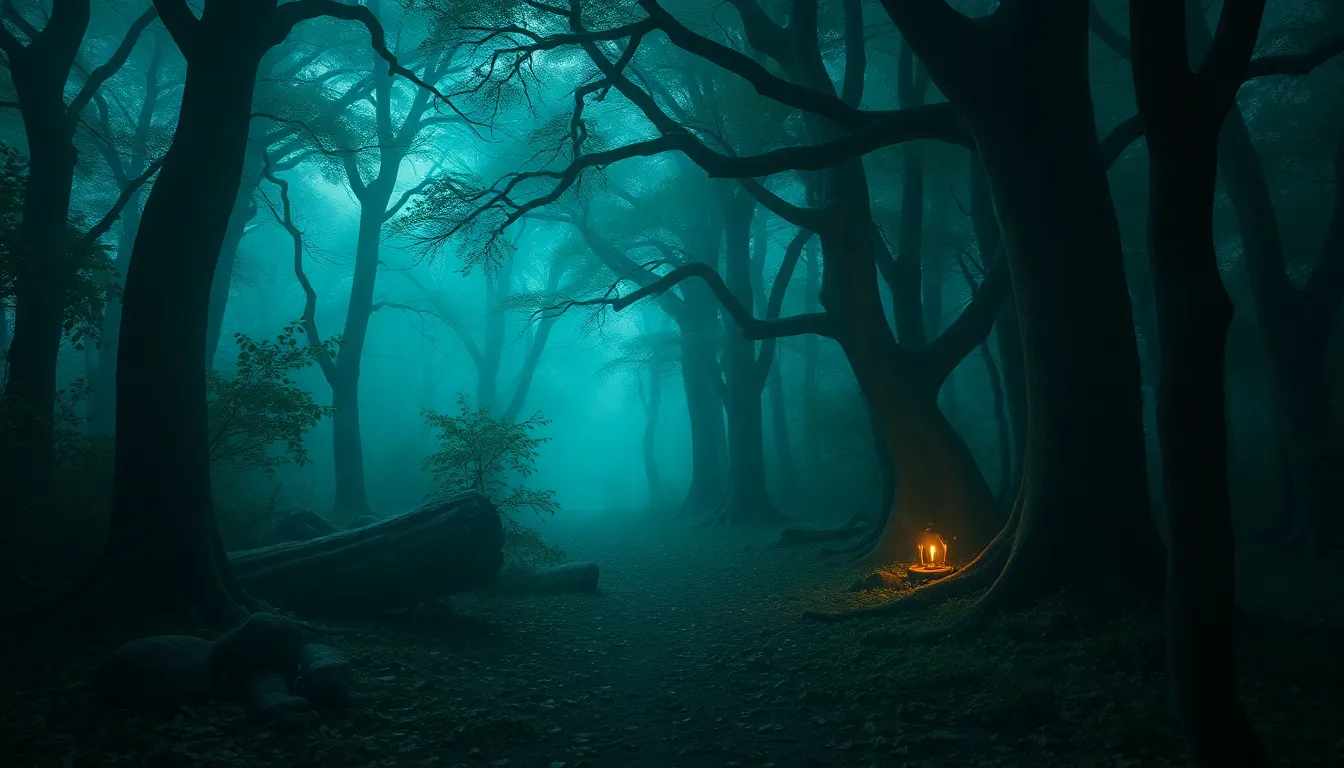Enchanted Forests: Nature’s Mystical Hideaways
Introduction to Enchanted Forests
Enchanted forests are often depicted as magical and mystical places where nature thrives in its most splendid form. These forests are characterized by their towering trees, lush greenery, and a sense of serenity that transports visitors into a world of wonder. The allure of enchanted forests lies in their ability to evoke a sense of adventure and mystery, inviting explorers to discover their hidden secrets.
Folklore and Mythology: The Stories Behind the Trees
Throughout history, enchanted forests have been woven into the fabric of folklore and mythology across cultures. These narratives often feature supernatural beings, fairies, and ancient spirits that inhabit the woods. Some of the most famous enchanted forests in folklore include:
- Sherwood Forest: Associated with the legendary Robin Hood, this forest is a symbol of rebellion and adventure.
- The Black Forest: Known for its dark, dense woods and tales of witches and mythical creatures in German folklore.
- Hokkaido’s Ainu Forest: A sacred space for the Ainu people of Japan, filled with spirits and ancient traditions.
Biodiversity in Enchanted Forests
Enchanted forests are biodiversity hotspots, home to unique flora and fauna that contribute to their magical atmosphere. These environments support a wide array of species, many of which are endemic to specific regions. The role of enchanted forests in global ecosystems includes:
- Providing habitat for wildlife, including endangered species.
- Contributing to carbon sequestration and climate regulation.
- Supporting soil health and water cycles, crucial for maintaining ecological balance.
The Aesthetic Appeal of Enchanted Forests
The visual beauty of enchanted forests is captivating, with their dappled sunlight filtering through leaves, vibrant colors, and varied landscapes. These elements create an enchanting atmosphere that appeals to all senses. For those looking to capture the magic of these forests through photography, consider the following tips:
- Visit during the golden hour for the best natural lighting.
- Experiment with angles to emphasize the height of trees and the depth of the forest.
- Focus on details such as dew on leaves or the intricate patterns of bark.
Enchanted Forests in Literature and Art
Enchanted forests have inspired countless authors and artists throughout history, appearing in both classic and contemporary literature. Works ranging from fairy tales to epic novels often utilize these mystical settings to explore themes of adventure, transformation, and the natural world. Notable examples include:
- A Midsummer Night’s Dream by William Shakespeare: A play that intricately weaves the magic of an enchanted forest into its narrative.
- The Chronicles of Narnia by C.S. Lewis: Featuring magical woods that serve as gateways to other worlds.
- The Lord of the Rings by J.R.R. Tolkien: Where forests like Lothlórien embody beauty and mystery.
Ecotourism: Visiting Enchanted Forests Responsibly
As enchanted forests attract visitors from around the globe, promoting responsible ecotourism is crucial. Popular destinations include:
- Amazon Rainforest: Known for its incredible biodiversity and indigenous cultures.
- Redwood National and State Parks: Home to some of the tallest trees on Earth.
- Black Forest, Germany: Famous for its folklore and scenic trails.
When visiting these magical places, it’s essential to adhere to sustainable tourism practices. Guidelines include:
- Leave no trace: Pack out what you bring in.
- Stay on marked trails to minimize your impact on the environment.
- Support local conservation efforts and businesses.
The Psychological Benefits of Enchanted Forests
The connection between nature and mental health is well-documented. Enchanted forests offer a tranquil escape that can significantly enhance well-being. The practice of forest bathing, or Shinrin-yoku, emphasizes immersing oneself in nature to reduce stress and improve mood. Benefits include:
- Lowered levels of cortisol, a stress hormone.
- Increased feelings of relaxation and happiness.
- Enhanced focus and creativity.
Conservation Challenges Facing Enchanted Forests
Despite their beauty, enchanted forests face numerous conservation challenges. Threats include:
- Deforestation: Driven by agriculture, logging, and urban expansion.
- Climate Change: Altering ecosystems and threatening species survival.
Current conservation efforts focus on protecting these vital ecosystems through legislation, restoration projects, and community engagement. Individuals can get involved by supporting conservation organizations and participating in local initiatives.
Creating Your Own Enchanted Space at Home
You don’t need to travel far to experience the magic of an enchanted forest. Creating a mystical atmosphere in your garden or home can be achieved with a few simple tips:
- Incorporate native plants to attract local wildlife.
- Create a cozy nook with seating surrounded by greenery.
- Use fairy lights or lanterns to enhance the enchanting ambiance during the evening.
Conclusion: The Lasting Magic of Enchanted Forests
Enchanted forests represent more than just beautiful scenery; they are vital ecosystems that deserve our protection and appreciation. As we explore these mystical hideaways, let us cherish and preserve their magic for future generations. By connecting with nature and advocating for its conservation, we can ensure that the enchantment of these forests remains alive in our world.



